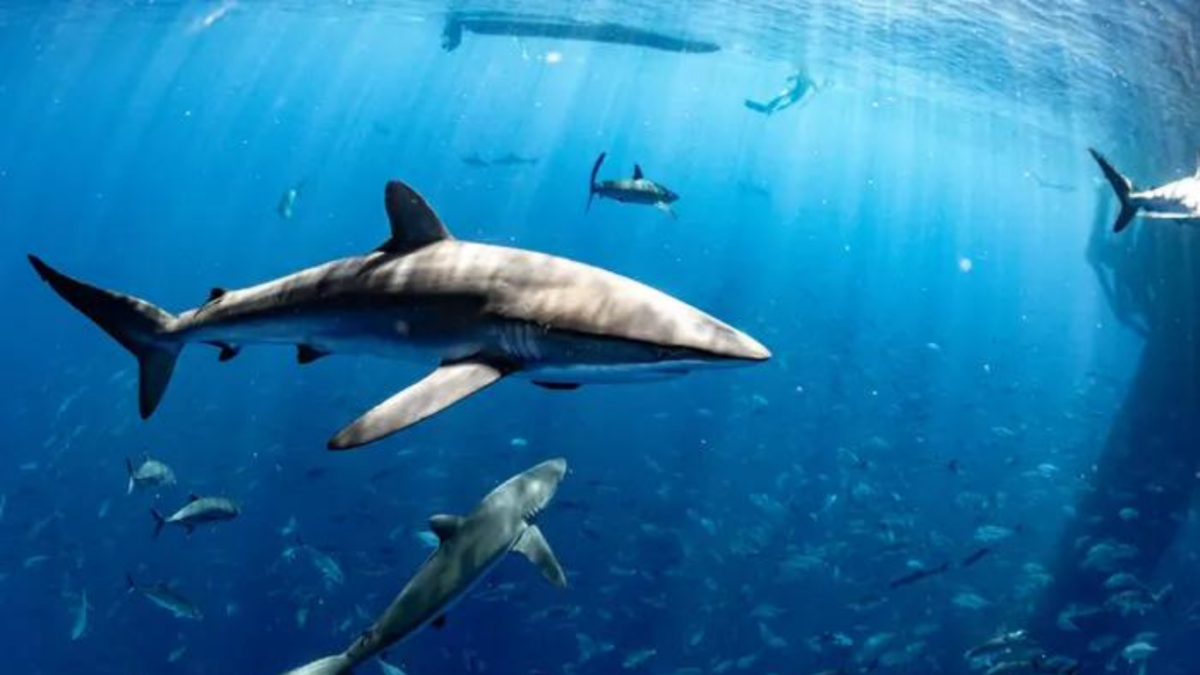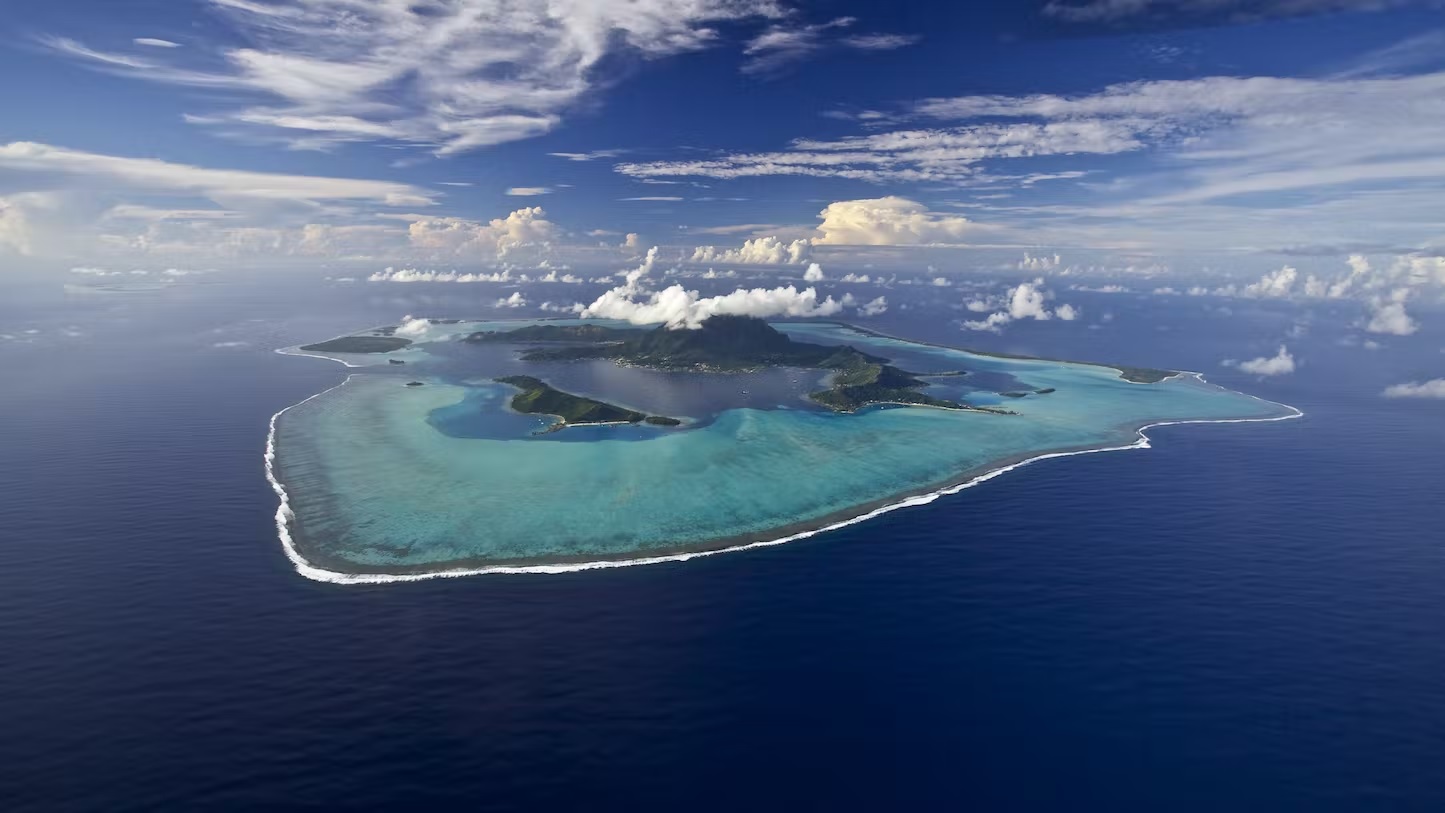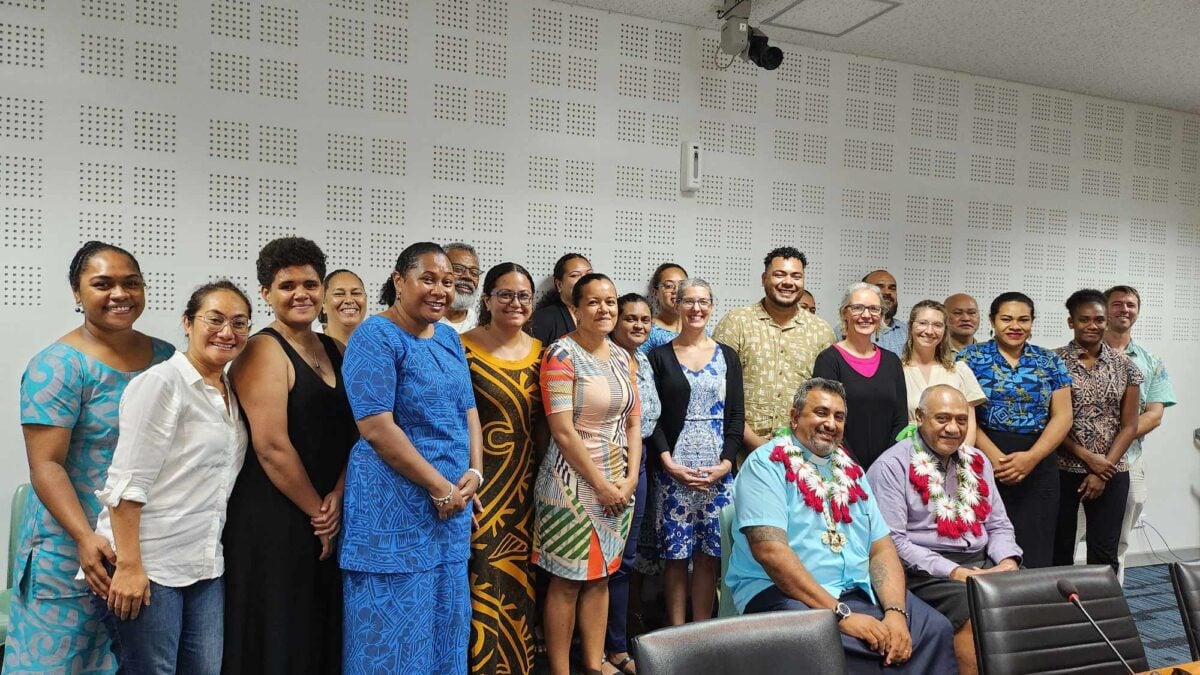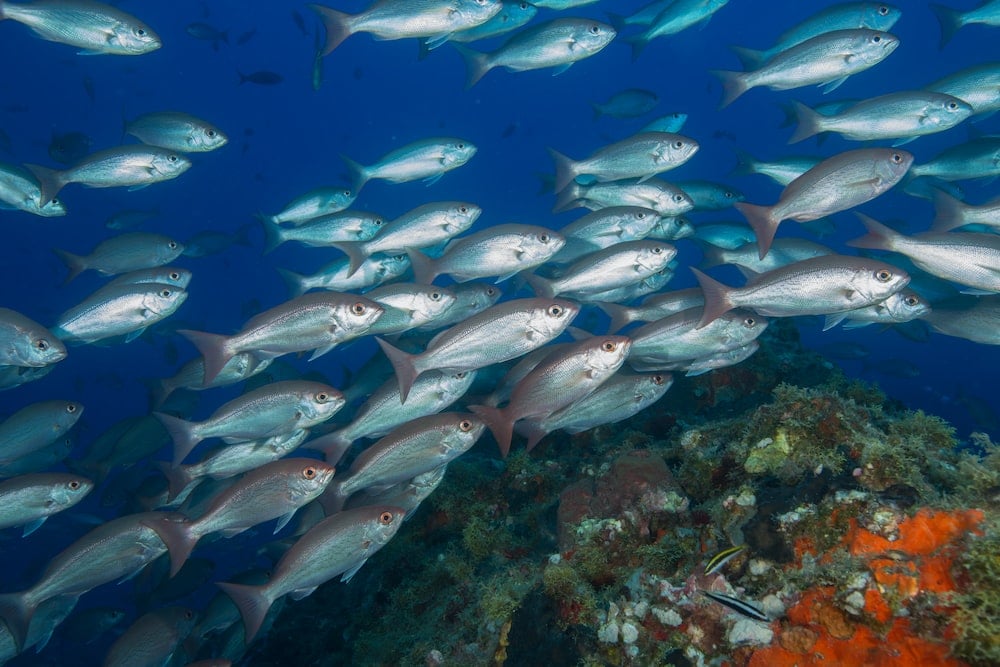After almost two decades, there is now a treaty to protect the high seas which is ‘crucial for addressing the triple planetary crisis of climate change, biodiversity loss and pollution’
After almost two decades of negotiations, there is finally a treaty to protect the high seas- the breakthrough finally happening last Saturday at New York after 38 hours of negotiations.
The treaty of the Biodiversity of Areas Beyond Marine Jurisdiction or the Treaty of the High Seas is the first international treaty on ocean protection, since the United Nations Treaty on the Law of the Sea in 1982.
UN Secretary-General António Guterres said the breakthrough – which covers nearly two-thirds of the ocean – “is a victory for multilateralism and global efforts to counter the destructive trends facing ocean health, now and for generations to come”.
“It is crucial for addressing the triple planetary crisis of climate change, biodiversity loss and pollution,” Guterres said. “It is also vital for achieving ocean-related goals and targets of the 2030 Agenda for Sustainable Development, and the Kunming-Montreal Global Biodiversity Framework.”
The last round of negotiations before the New York meeting were held last year from August 15-26 at the fifth Intergovernmental Conference (IGC-5) where discussions focused on marine genetic resources (MGRs), benefit-sharing, area-based management tools (ABMTs), marine protected areas (MPAs) and other cross-cutting issues.
During negotiations last year, Pacific Islands Forum Secretariat (PIFS) Secretary General, Henry Puna stressed the importance of the treaty as it would “contribute to the health, productivity, and resilience of our Ocean, rooted in inter and intra generational equity”.
As owners of 20 percent of the world’s Economic Exclusive Zones, the Blue Pacific has long lobbied for an international legally binding instrument under the United Nations Convention on the Law of the Sea, on the conservation and sustainable use of marine biological diversity of areas beyond national jurisdiction.
WWF while welcoming the agreement said it would allow the establishment of high seas marine protected areas (MPAs) as well as help fill the gaps in the current patchwork of management bodies, resulting in better cooperation and less cumulative impact of activities on the high seas, such as shipping, industrial fishing and other resource exploitation.
“What happens on the high seas will no longer be ‘out of sight, out of mind.’ The High Seas Treaty will allow for the kind of oversight and integration we need if we want the ocean to keep providing the social, economic and environmental benefits humanity currently enjoys,” says Jessica Battle, Senior Global Ocean Governance and Policy Expert, who led WWF’s team at the negotiations. “We can now look at the cumulative impacts on our ocean in a way that reflects the interconnected blue economy and the ecosystems that support it.”
WWF adds that the High Seas Treaty was necessary to implement the Global Biodiversity Framework, which committed countries to protect and conserve at least 30 percent of the ocean, and ensure 30 percent of degraded areas are under restoration, by 2030.
“This is a landmark moment for the ocean – one that will usher in a new era of collective responsibility for our planet’s most significant global commons,” says Pepe Clarke, Global Ocean Practice Leader for WWF. “Last year, nations committed to halt and reverse nature loss by 2030. Today’s achievement is a significant step toward delivering on that promise.”
WWF is content that activities in the high seas will be subject to environmental impact assessments that commensurate with the scale of the impact.
This means that all activities that could have an impact on ocean life will need to be covered under these assessments, providing the opportunity to halt damaging activities and reduce cumulative impacts.
And this would be particularly important for activities such as deep seabed mining and deep-sea carbon capture and storage, of which very little knowledge on the impacts currently exists.
“Ocean advocates worldwide can savor this moment years in the making,” says Battle. “But this is not a finish line. For the treaty’s good intentions to deliver results on the water, we’ve got to keep the pressure up. Once technicalities are worked out and the treaty is adopted, it needs to enter into force so that it can be put to work – all countries must quickly formally sign and ratify it into their own national legislation. Words matter, but our ocean needs action.”




